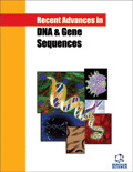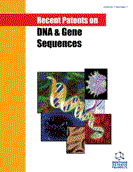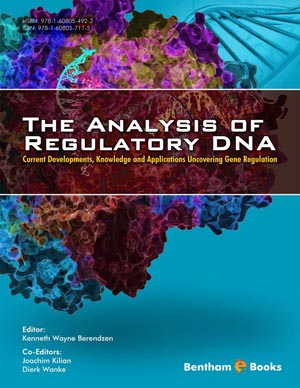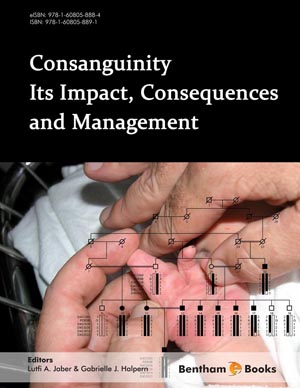Abstract
Sanger sequencing has been the standard method for mtDNA typing, however, over the past years, new technologies are rapidly evolving to overcome the limitations of the Sanger biochemistry approach. Massively parallel sequencing (MPS) or next-generation sequencing (NGS) technologies allow the sequencing of the entire mitochondrial genome at once, and the simultaneous sequencing of a large number of different samples. The technologies and software tools are rapidly evolving, and at the moment, several MPS platforms and different sequencing strategies are available, with their inherent advantages and limitations. However, the transition from traditional approaches to MPS-based tests demands for the development and validation of new routine procedures and optimized laboratorial protocols. When properly validated these systems can be applied to a wide range of fields spanning from Forensic and Population genetics to clinical casework. In this chapter, we present an overview of the currently available MPS sequencing methodologies for mtDNA analysis and discuss the advantages and limitations for each of the different applications.
Keywords: Amplification strategies, Ancient mtDNA, Applications, Diagnostics, Forensic investigation, Illumina, Ion torrent, Long-range PCR, Miseq, Mitochondrial disorders, Mitogenome, MPS platforms, MtDNA, PGM, Phylogeography, Population genetics, Semiconductor, Sequencing, Sequencing by synthesis, Validation.





















